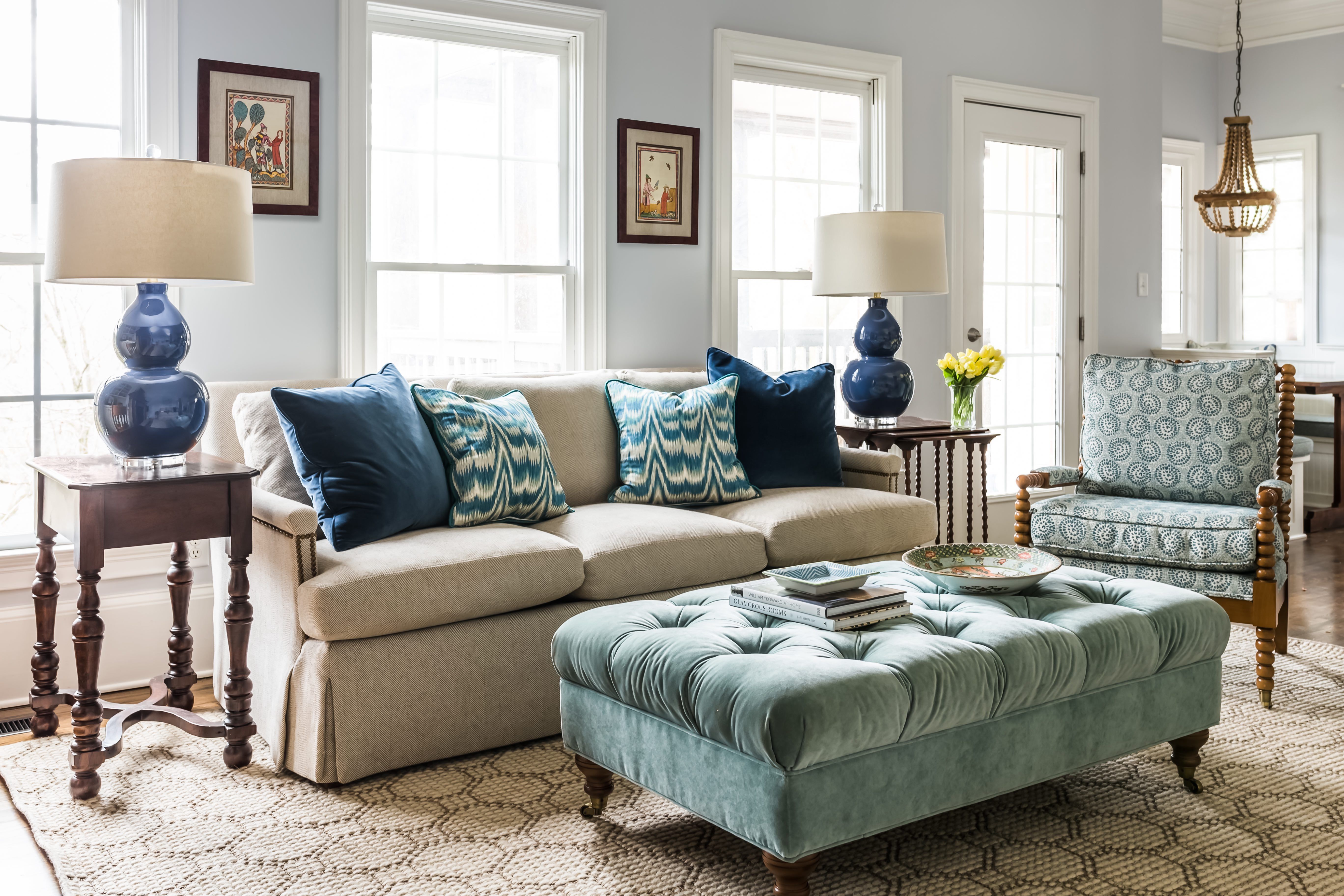

Articles
How To Mix And Match Living Room Furniture
Modified: February 24, 2024
Learn how to effectively mix and match furniture in your living room with our expert tips and ideas. Create a stylish and cohesive look with the perfect furniture pieces for your space.
(Many of the links in this article redirect to a specific reviewed product. Your purchase of these products through affiliate links helps to generate commission for Storables.com, at no extra cost. Learn more)
Introduction
Welcome to the world of furniture! Whether you’re moving into a new home or looking to refresh your living room, choosing the right furniture can make a significant impact on both the aesthetic and functionality of your space. But with so many options available, it can be overwhelming to navigate through the choices.
In this article, we will guide you through the process of mixing and matching living room furniture to create a cohesive and stylish environment that reflects your personal taste. From selecting a focal point to understanding different furniture styles, determining the right furniture layout, and incorporating colors and patterns, we’ll cover it all. So, let’s dive in and transform your living room into a space you’ll love coming home to!
Key Takeaways:
- Choosing a focal point and arranging furniture around it sets the tone for a cohesive living room design. Understanding different furniture styles helps create a harmonious blend that suits personal tastes and preferences.
- Mixing colors and patterns, along with adding well-thought-out accessories and accents, enhances the overall aesthetic and creates a personalized, inviting living space. Balancing functionality and aesthetics is key to a successful living room design.
Section 1: Choosing a Focal Point
Choosing a focal point is the first step in designing your living room. The focal point is the centerpiece of the room, drawing attention and anchoring the space. It can be a fireplace, a large window with a scenic view, or a stunning piece of artwork.
When selecting a focal point, consider the size and layout of your room. If you have a small living room, a fireplace or a prominent piece of furniture like a sofa can serve as a focal point. In larger rooms, consider creating multiple focal points to add interest and balance.
Once you have identified the focal point, arrange your furniture around it. For example, if your focal point is a fireplace, position your sofa and chairs around it, creating a cozy and inviting seating area.
Remember, the focal point should be the main attraction, so avoid placing large furniture or decor items that may overshadow it. Instead, let the focal point take center stage and use complementary pieces to enhance its presence.
Additionally, consider the natural flow and functionality of the room when choosing a focal point. Ensure that it aligns with the room’s purpose and enhances the overall ambiance.
By selecting a focal point and arranging furniture around it, you create a visually appealing and cohesive living room design. So, take some time to choose the perfect focal point that sets the tone for the rest of your furniture selection.
Section 2: Understanding Different Furniture Styles
The world of furniture is filled with a wide variety of styles, each with its own unique characteristics and appeal. Understanding these different furniture styles will help you make informed decisions when mixing and matching pieces for your living room.
1. Traditional: Traditional furniture is characterized by its elegant and timeless appeal. It often features ornate details, curved lines, and rich wood finishes. Popular traditional furniture pieces include wingback chairs, roll-arm sofas, and antique-inspired tables.
2. Modern: Modern furniture embraces clean lines, minimalism, and a sleek aesthetic. It prioritizes functionality and simplicity. Look for pieces with smooth surfaces, geometric shapes, and metal or glass accents. Modular sofas, minimalist coffee tables, and streamlined sideboards are common in modern design.
3. Contemporary: Contemporary furniture is often mistaken for modern furniture, but there are some distinctions. Contemporary design incorporates current trends and styles, often mixing different materials and textures. It can range from sleek and minimalistic to bold and eclectic. Sculptural chairs, abstract art pieces, and statement lighting are common in contemporary interiors.
4. Mid-Century Modern: Mid-century modern furniture harks back to the design aesthetic of the mid-20th century. It features clean lines, organic shapes, and a mix of materials like wood, metal, and plastic. Iconic mid-century pieces include Eames lounge chairs, tulip tables, and sunburst mirrors.
5. Rustic: Rustic furniture embraces a warm, natural, and organic feel. It often incorporates raw or reclaimed wood, distressed finishes, and earthy colors. Look for pieces that exude a cozy and casual vibe, like farmhouse-style dining tables, weathered leather sofas, and handcrafted accent pieces.
6. Industrial: Industrial furniture draws inspiration from factories and warehouses, showcasing raw materials like metal and exposed brick. It has a rugged and edgy appeal with a focus on functionality. Look for pieces with a minimalist design, metal frames, and reclaimed wood accents.
Understanding these furniture styles will help you create a harmonious blend in your living room. You can either choose one dominant style or mix different styles to create a unique and eclectic look. Just remember to maintain a cohesive theme by considering the scale, colors, and textures of each piece you select.
Section 3: Determining the Right Furniture Layout
Once you have chosen your furniture styles, the next step is to determine the right furniture layout for your living room. The layout will not only affect the flow and functionality of the space but also contribute to its overall aesthetic appeal.
1. Consider the room’s shape: Take into account the shape of your living room when planning your furniture layout. If you have a rectangular room, consider dividing it into zones for different activities, such as a seating area, a reading nook, or an entertainment zone. In square rooms, you can create a cozy conversation grouping in the center.
2. Plan for traffic flow: Ensure that there is enough space for people to move around comfortably. Avoid blocking pathways or doorways with large furniture pieces. Leave ample space between furniture to create a natural flow and to promote easy movement within the room.
3. Create balance and symmetry: Aim for a balanced arrangement by distributing furniture evenly throughout the room. Achieving symmetry can create a sense of harmony and visual appeal. For example, place a sofa directly across from the focal point and arrange matching chairs on either side.
4. Scale your furniture: Consider the scale of your furniture in relation to the size of your living room. Avoid oversized pieces that can make the room feel cramped or undersized pieces that may get lost in the space. Strive for a proportionate arrangement that allows for a comfortable and functional layout.
5. Experiment with different arrangements: Don’t be afraid to try out different furniture arrangements until you find the one that works best for your space. Play around with angles, move pieces around, and see how they interact with one another. You might discover a unique layout that enhances the overall ambiance of your living room.
Remember, the furniture layout should cater to your lifestyle and preferences. Whether you prefer an open and spacious layout or a cozy and intimate setting, prioritizing both functionality and aesthetics will help you determine the right furniture arrangement for your living room.
When mixing and matching living room furniture, stick to a cohesive color palette to create a harmonious look. This will help tie together different styles and pieces for a cohesive and stylish space.
Section 4: Mixing Colors and Patterns
When it comes to designing your living room, incorporating colors and patterns is a fantastic way to add visual interest and personality. Mixing colors and patterns can create a vibrant and dynamic space. Here are some tips to help you combine colors and patterns effectively:
1. Choose a color scheme: Start by selecting a color scheme that sets the tone for the room. You can opt for a monochromatic scheme, where you use different shades of the same color, or choose complementary colors that are opposite each other on the color wheel. Analogous colors, which are adjacent to each other on the wheel, can also create a cohesive look.
2. Create a focal point with color: Use bold or vibrant colors on a focal point, such as an accent wall or a statement piece of furniture, to draw attention and anchor the room. Balance it with neutral or softer hues for the remaining elements of the room.
3. Combine patterns in varying scales: Mixing patterns can add depth and visual interest. Select patterns in different scales—small, medium, and large—to create visual balance. For example, you can pair a small geometric patterned rug with a medium-sized floral print sofa and balance it with larger solid-colored pillows.
4. Coordinate colors in patterns: When mixing patterns, ensure that they share a common color or hue to create a cohesive look. This can help tie the different patterns together and prevent the room from appearing too busy or overwhelming. Choose patterns with complementary colors or ones that are within the same color family.
5. Consider texture: Incorporating different textures can add depth and visual richness to your living room. Mix and match fabrics and materials with varying textures, such as smooth leather, plush velvet, and rough-hewn wood, to create a tactile and visually appealing space.
6. Use a neutral backdrop: If you’re apprehensive about using bold colors or patterns, you can opt for a neutral backdrop and introduce pops of color and pattern through accessories and accent pieces. This allows for flexibility in changing the look and feel of the room in the future.
Remember, the key is to strike a balance between colors and patterns. Start with a cohesive color scheme, mix patterns in varying scales, and consider the overall texture and balance in the room. By doing so, you’ll create a visually captivating and harmonious living room design.
Read more: How To Mix And Match Furniture In Bedroom
Section 5: Adding Accessories and Accents
To truly bring your living room to life, it’s important to pay attention to the smaller details and add well-thought-out accessories and accents. These elements can enhance the overall aesthetic and create a cohesive and personalized space. Here are some ideas for adding accessories and accents to your living room:
1. Decorative Pillows: Incorporate decorative pillows in different colors, patterns, and textures to add comfort and style to your sofa or chairs. Mix and match various sizes and shapes for a visually interesting arrangement.
2. Throw Blankets: Drape a cozy throw blanket over the arm of a sofa or accent chair to add warmth and texture. Opt for blankets in complementary colors or patterns to tie in with the overall design scheme.
3. Coffee Table Styling: Style your coffee table with a curated arrangement of books, candles, flowers, or decorative objects. This not only adds visual interest but also serves as a conversation starter and reflects your personal taste and interests.
4. Wall Art: Hang artwork or create a gallery wall to add personality and a focal point to your living room. Choose pieces that resonate with you and complement the style of your furniture and the overall theme of the room.
5. Lighting: Incorporate various types of lighting to create different moods in your living room. Include a mix of ambient, task, and accent lighting with floor lamps, table lamps, and wall sconces. This allows you to adjust the lighting according to different activities and adds depth to the room.
6. Decorative Rugs: Place a stylish rug underneath your furniture to anchor the space and add texture and visual interest. Consider the size, pattern, and color of the rug to ensure it complements the rest of the room.
7. Indoor Plants: Bring the beauty of the outdoors inside by adding indoor plants to your living room. Plants not only add a touch of nature but also help purify the air and create a calming and relaxing atmosphere.
8. Mirrors: Hang a mirror on the wall to reflect light and make the room appear larger. Choose a stylish mirror that complements the overall design and adds a decorative element to the space.
Remember, accessories and accents should enhance the overall design of your living room without overpowering it. Select items that reflect your personal style and bring you joy. By adding these finishing touches, you can transform your living room into a beautifully curated and inviting space.
Conclusion
Designing a living room that reflects your personal style and meets your functional needs can be an exciting and rewarding process. By following the steps outlined in this article, you’ll be well-equipped to mix and match furniture, create a cohesive layout, incorporate colors and patterns, and add the perfect accessories and accents to bring your living room to life.
Remember to start by choosing a focal point that sets the tone for the room and arrange your furniture around it. Understanding different furniture styles will help you create a harmonious blend that suits your tastes. Determining the right furniture layout ensures optimal flow and functionality in the space.
Mixing colors and patterns can add visual interest and personality to your living room. Choose a color scheme, create balance with patterns in different scales, and coordinate the colors within them. Adding accessories and accents allows you to showcase your creativity and bring depth to the space. Be intentional with decorative pillows, throw blankets, wall art, lighting, rugs, plants, and mirrors.
Throughout the process, it’s essential to maintain a balance between functionality and aesthetics. Consider the size of your room, traffic flow, and your personal preferences to create a living room that is not only visually appealing but also practical and comfortable to live in.
Lastly, don’t be afraid to infuse your own personality and style into your living room. It’s your space to express yourself and create a warm and inviting environment for yourself and your guests.
With a thoughtful approach and attention to detail, you can create a living room that truly represents who you are and brings you joy every time you step into it. So, let your imagination run wild, embrace the art of mixing and matching, and transform your living room into a haven of comfort, style, and self-expression.
Frequently Asked Questions about How To Mix And Match Living Room Furniture
Was this page helpful?
At Storables.com, we guarantee accurate and reliable information. Our content, validated by Expert Board Contributors, is crafted following stringent Editorial Policies. We're committed to providing you with well-researched, expert-backed insights for all your informational needs.
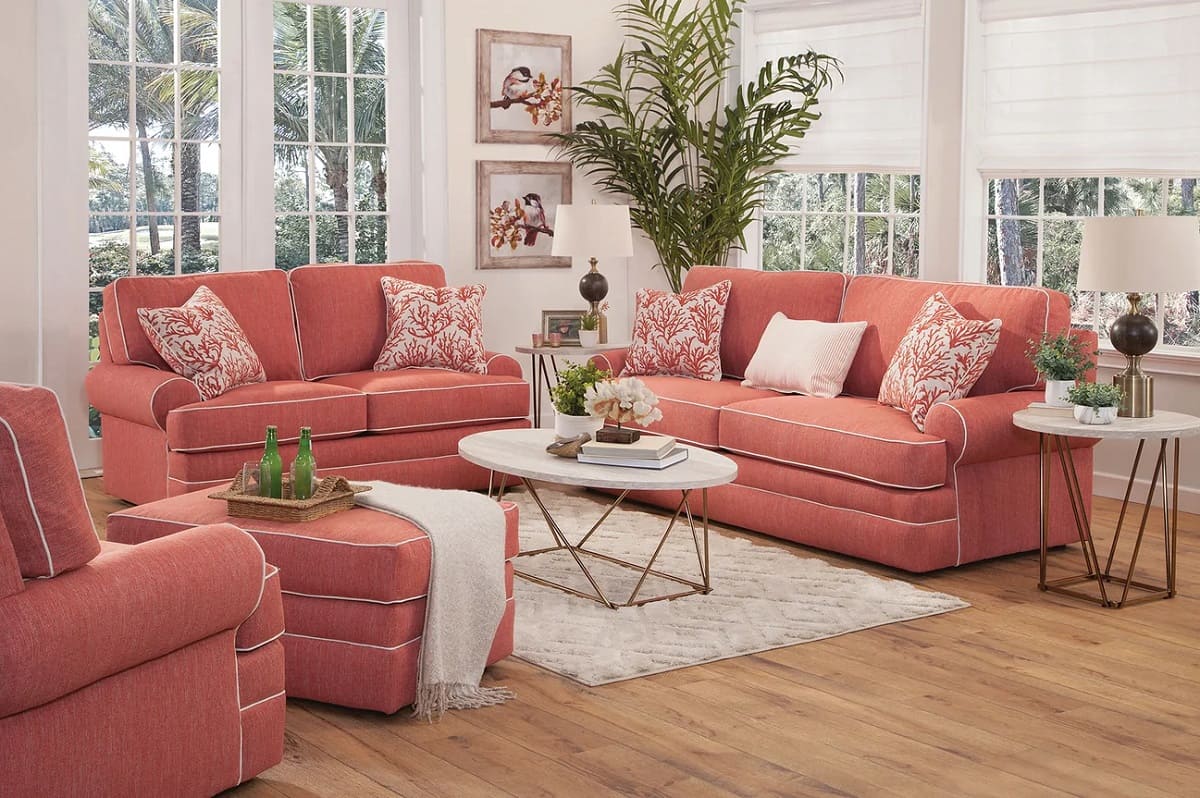
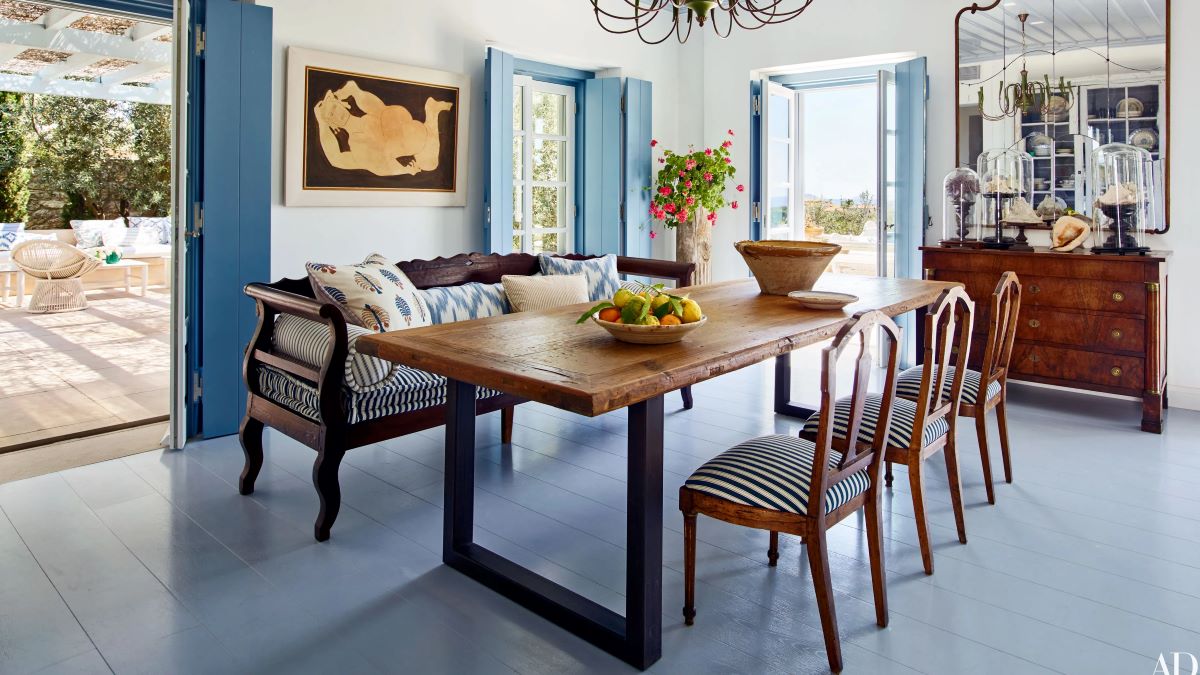
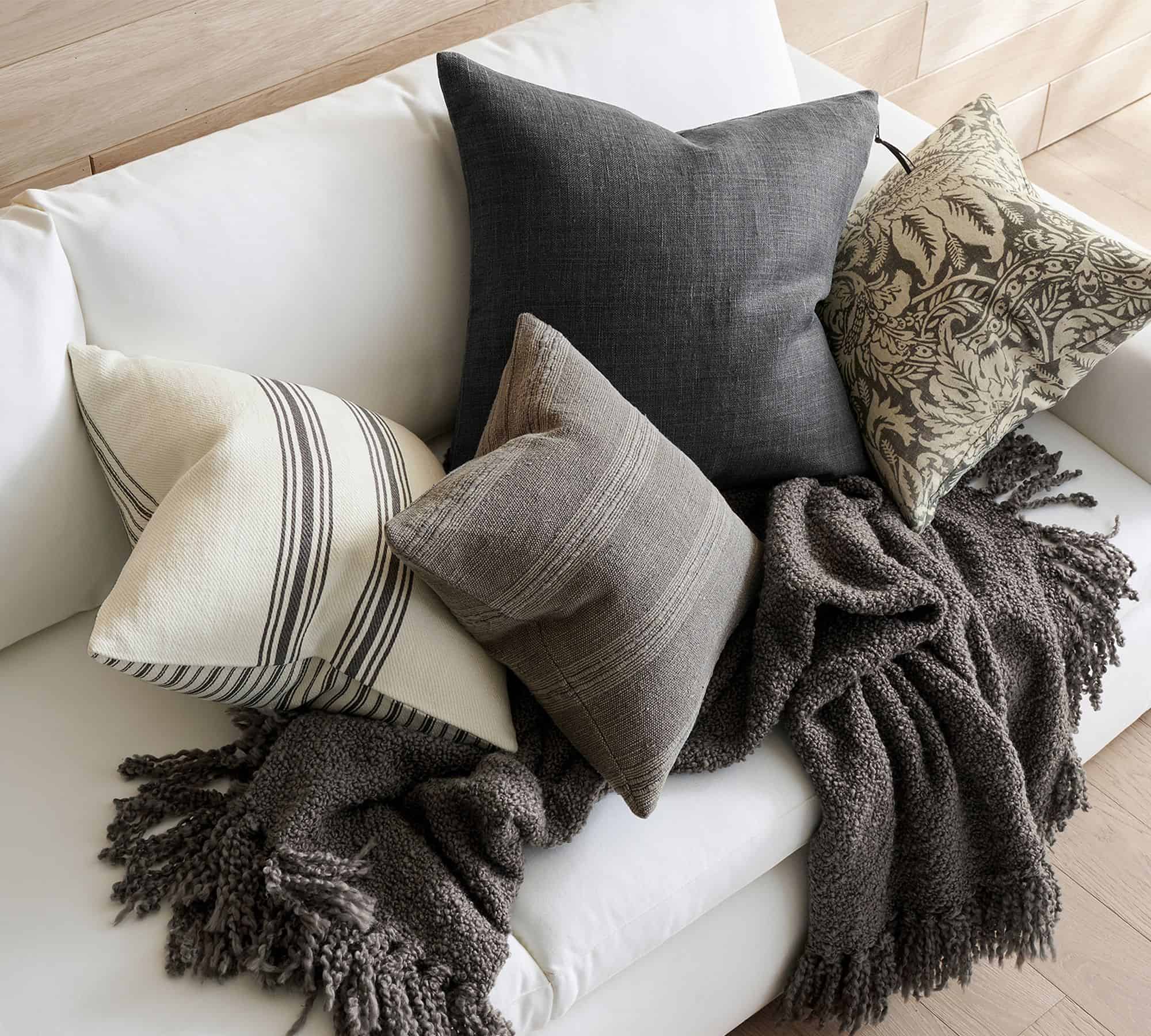
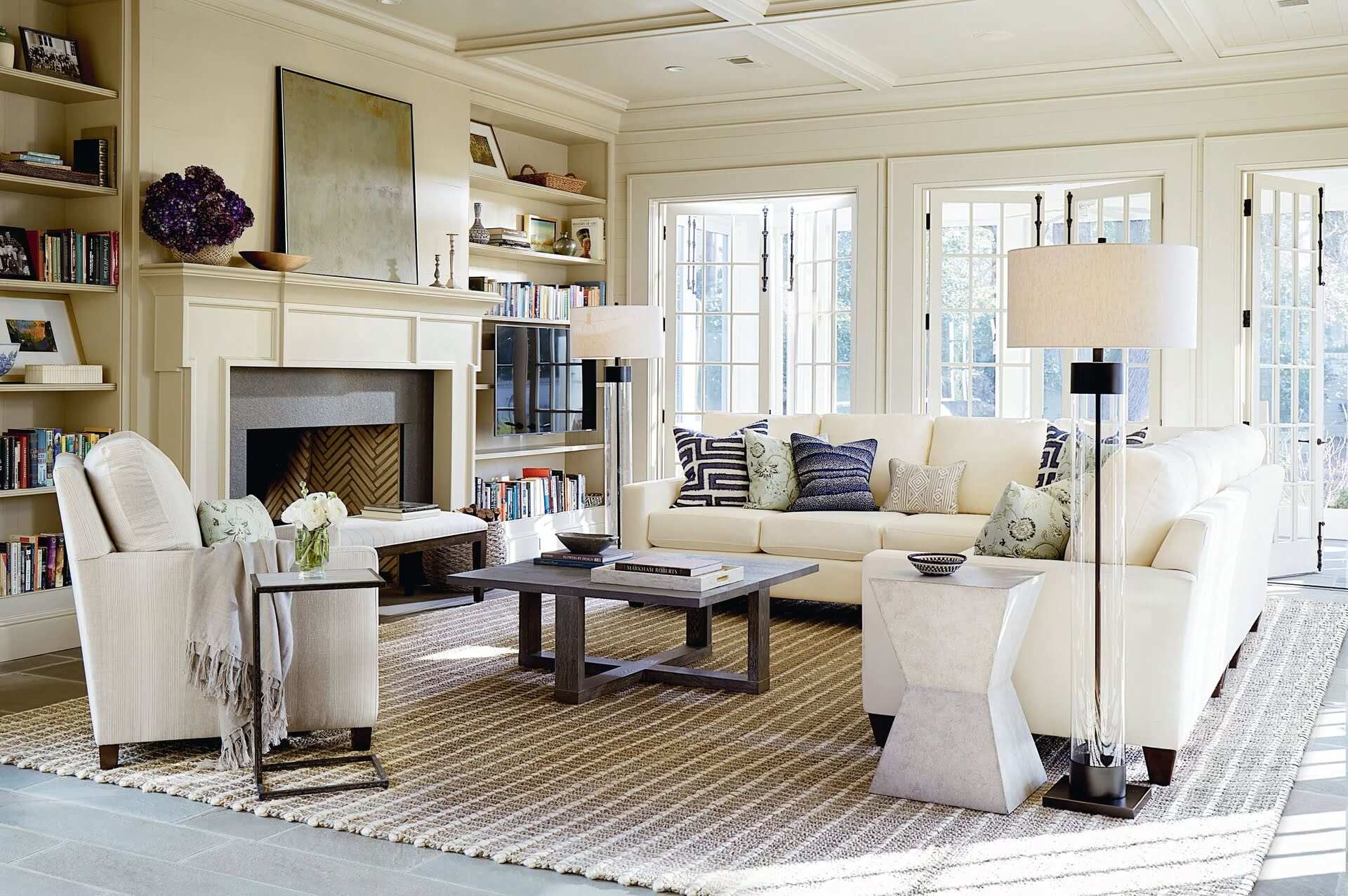
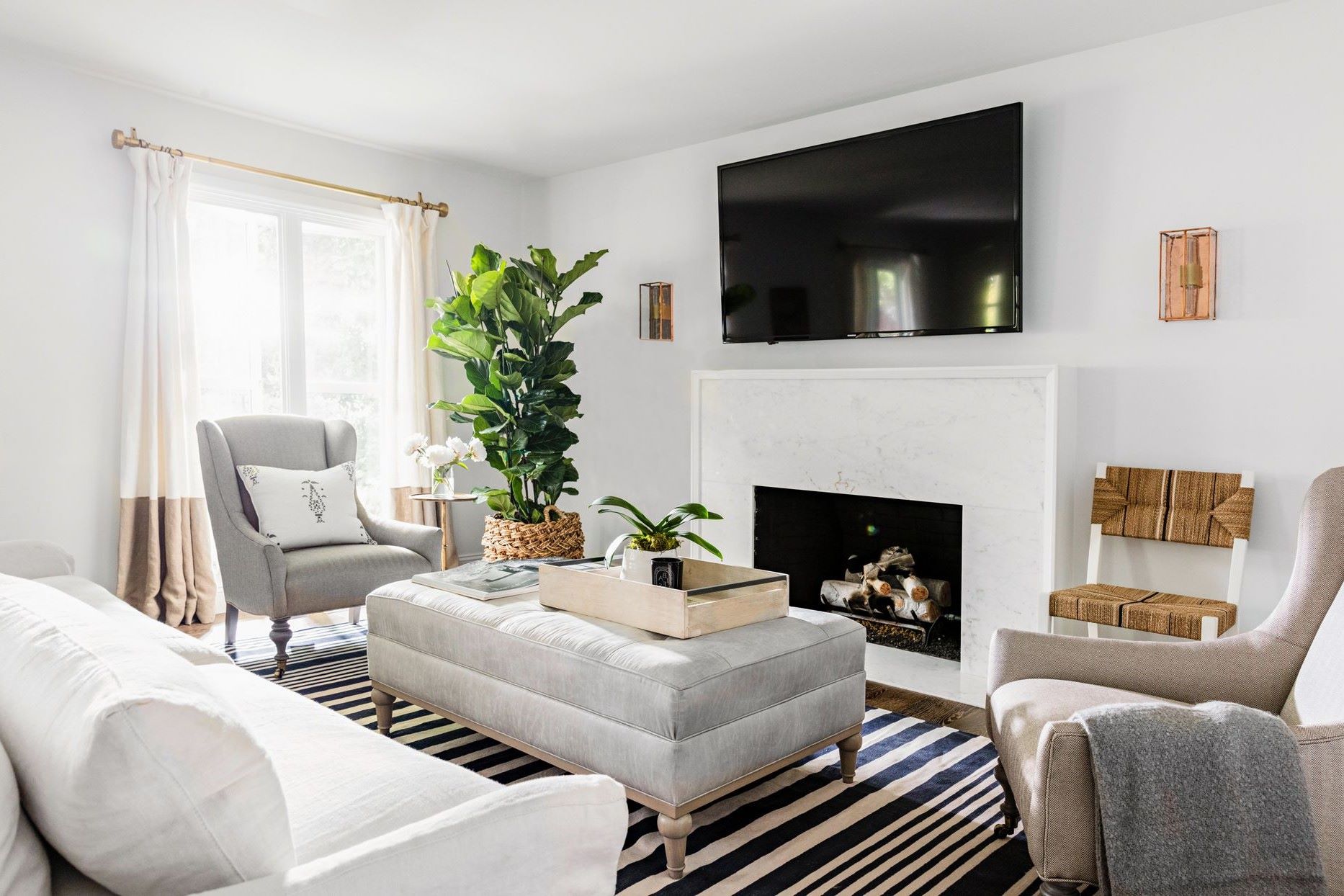
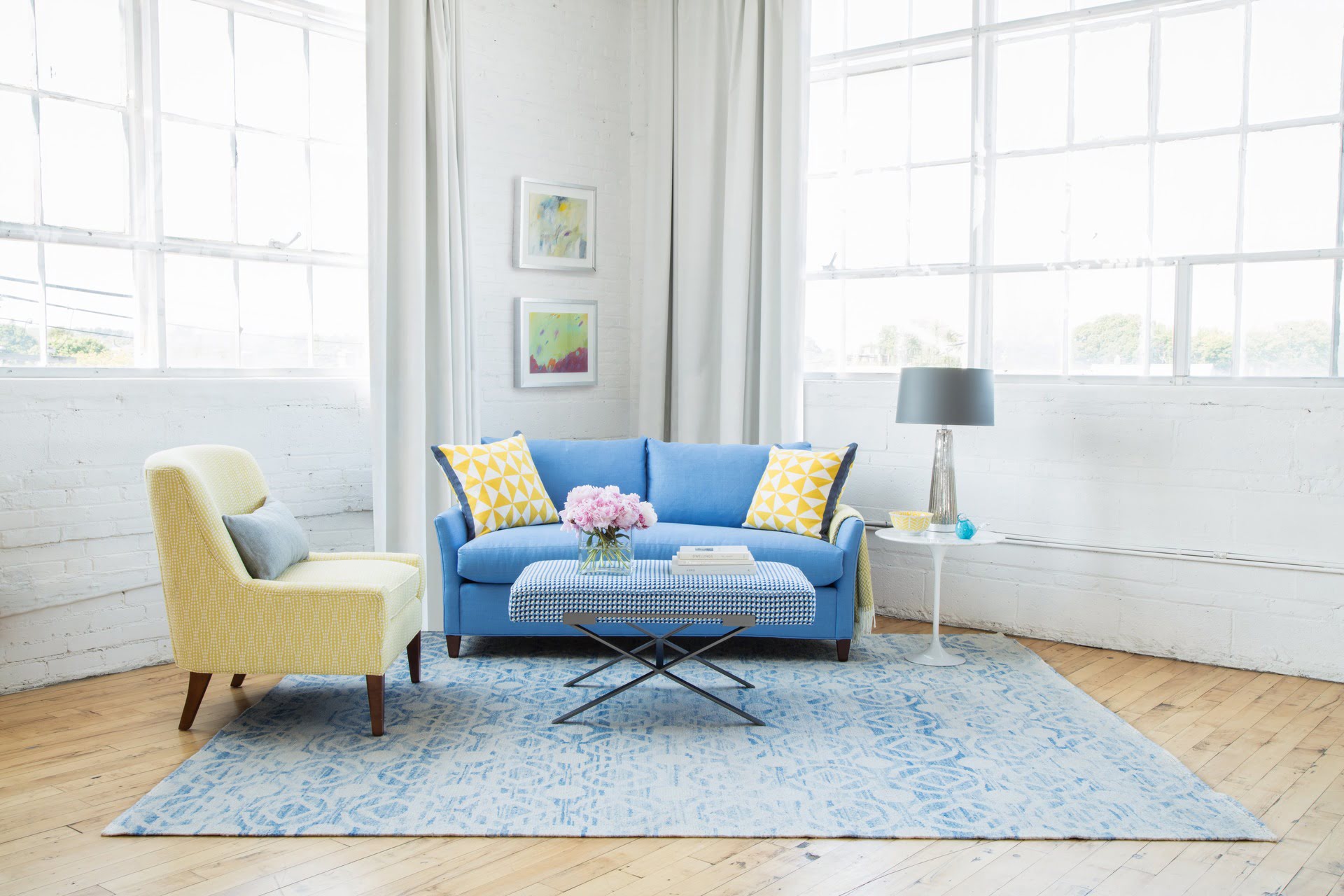
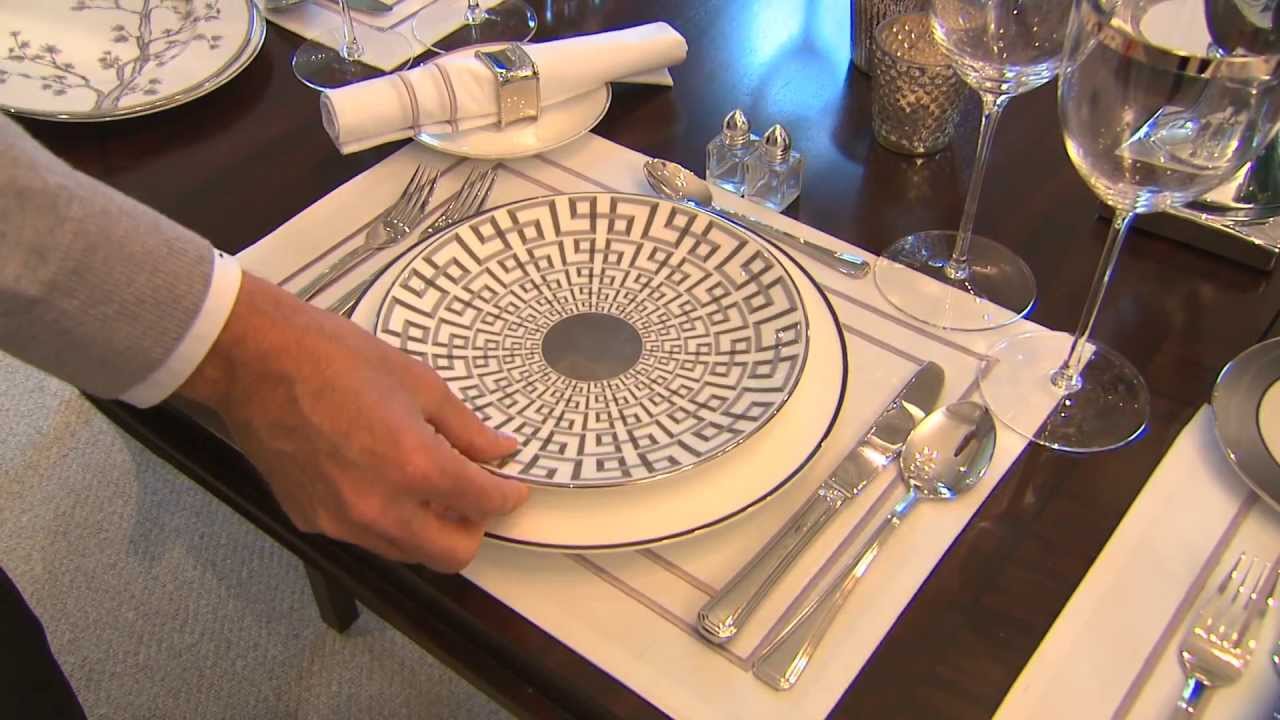
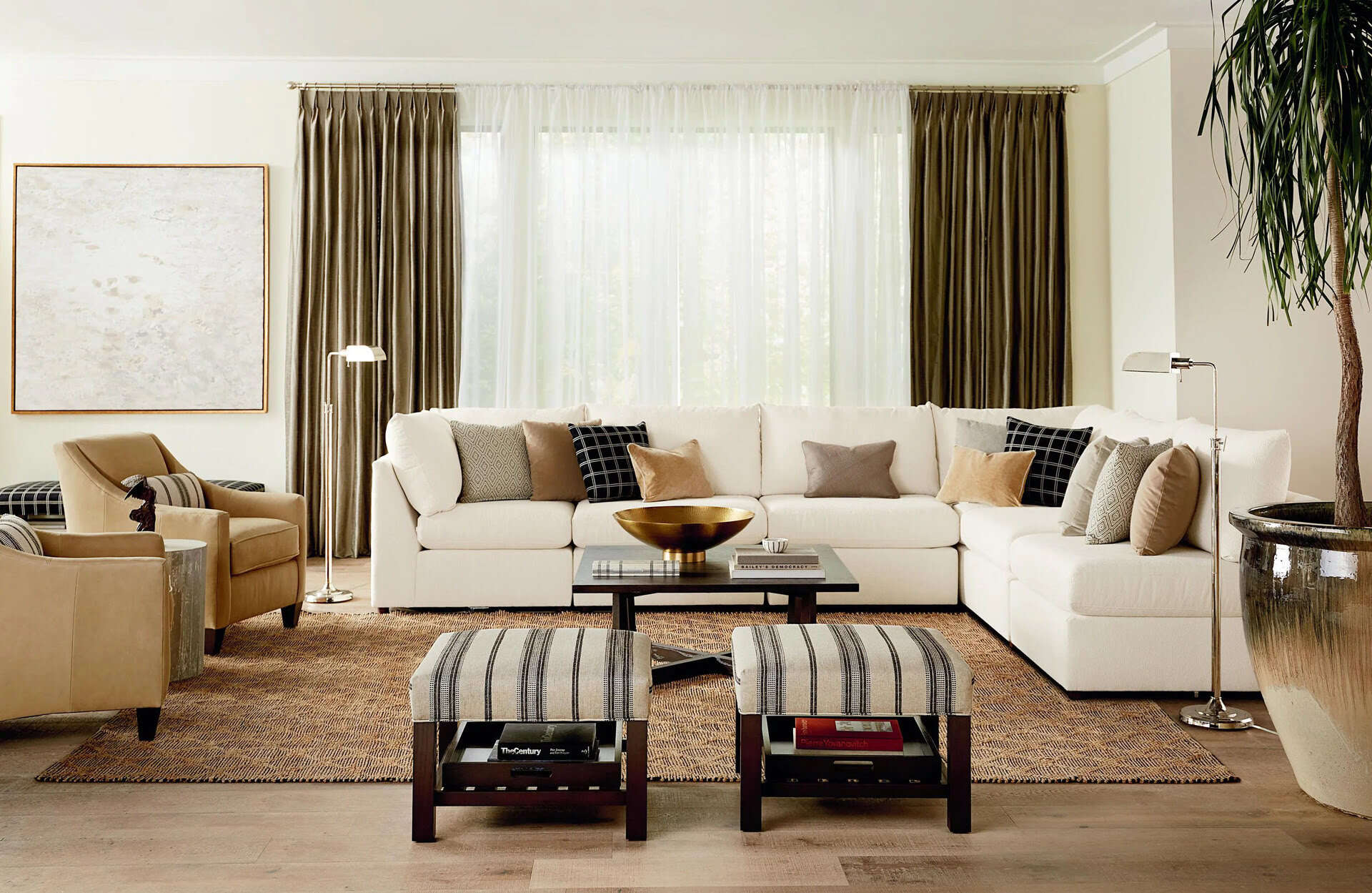
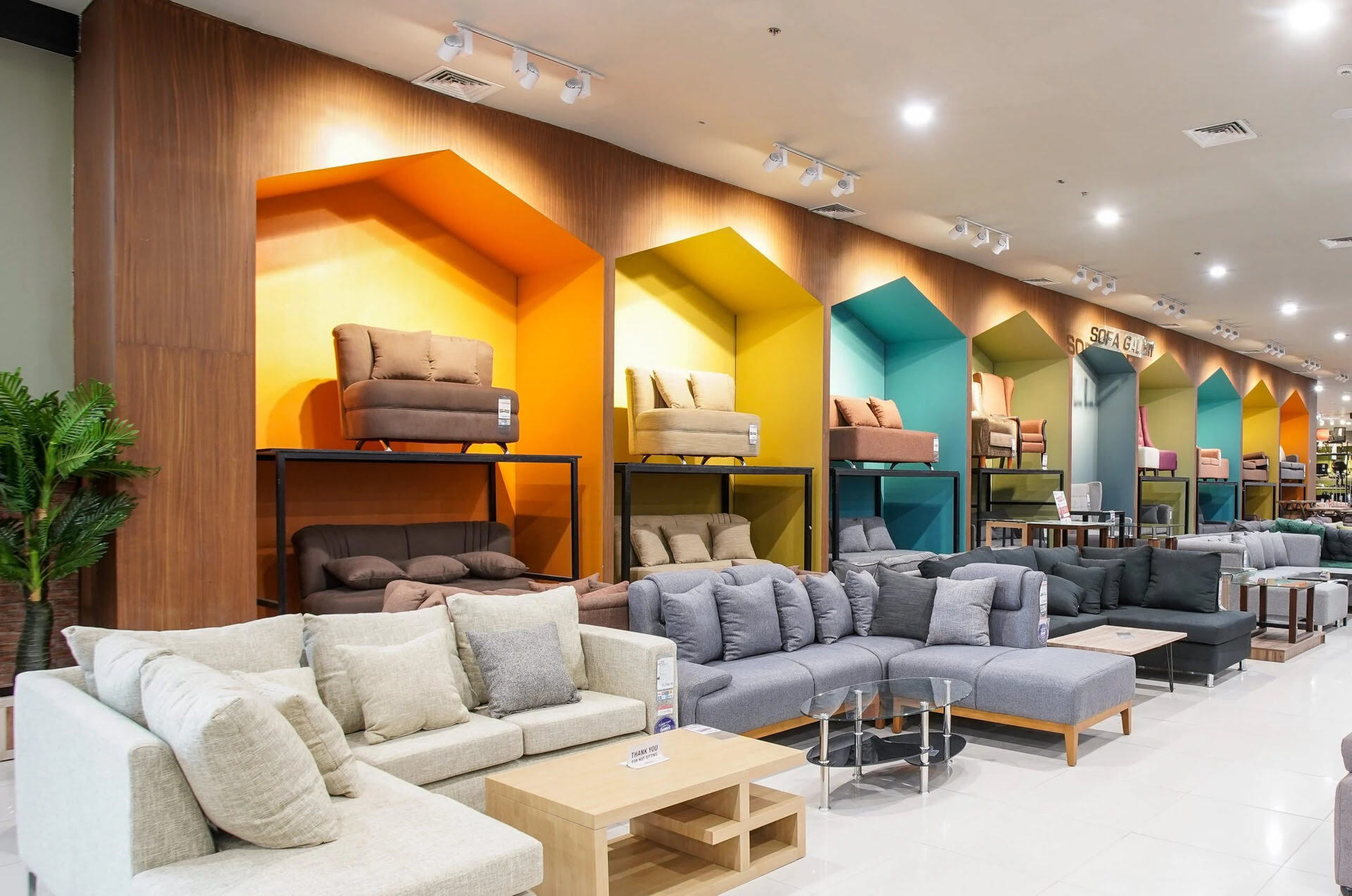
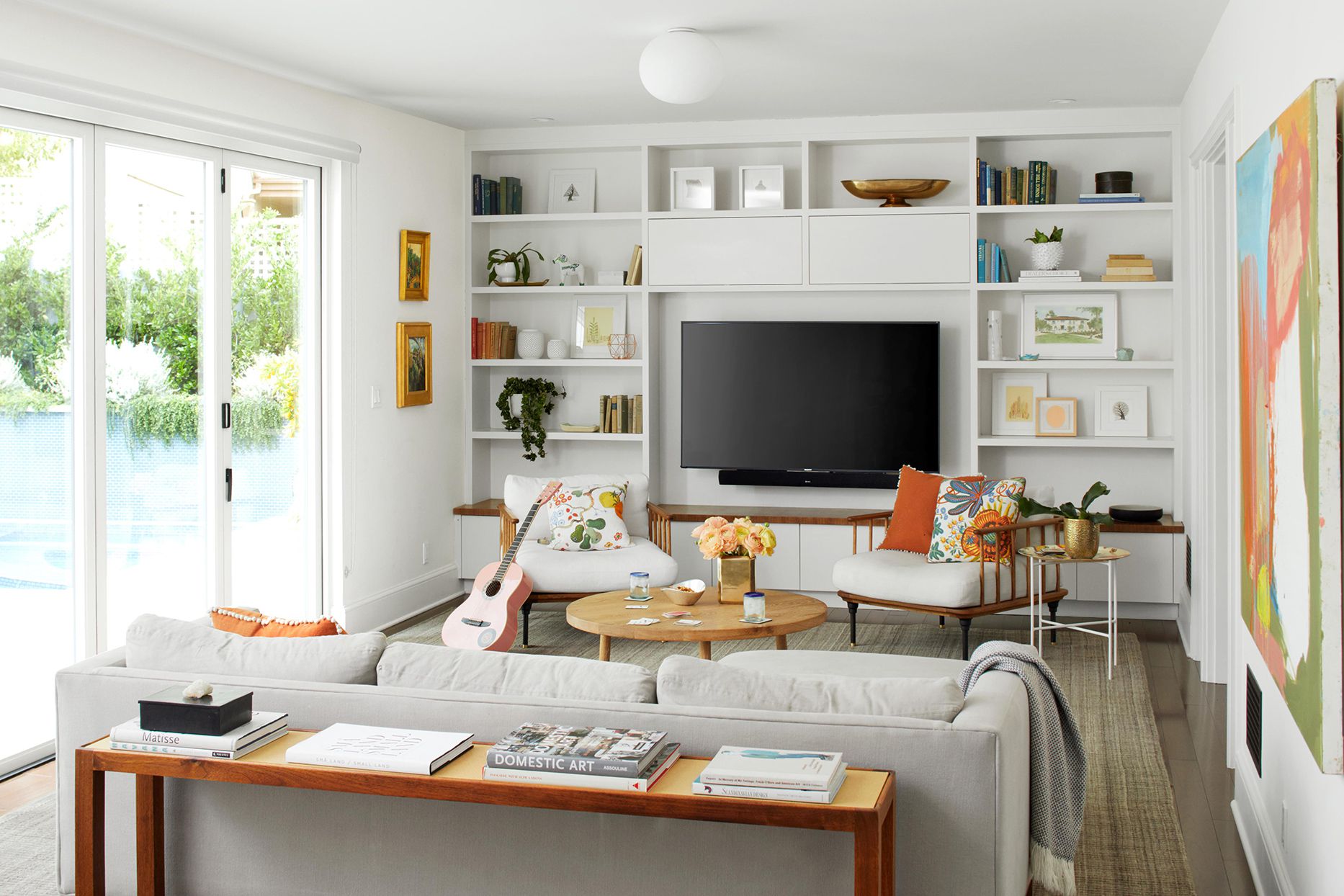
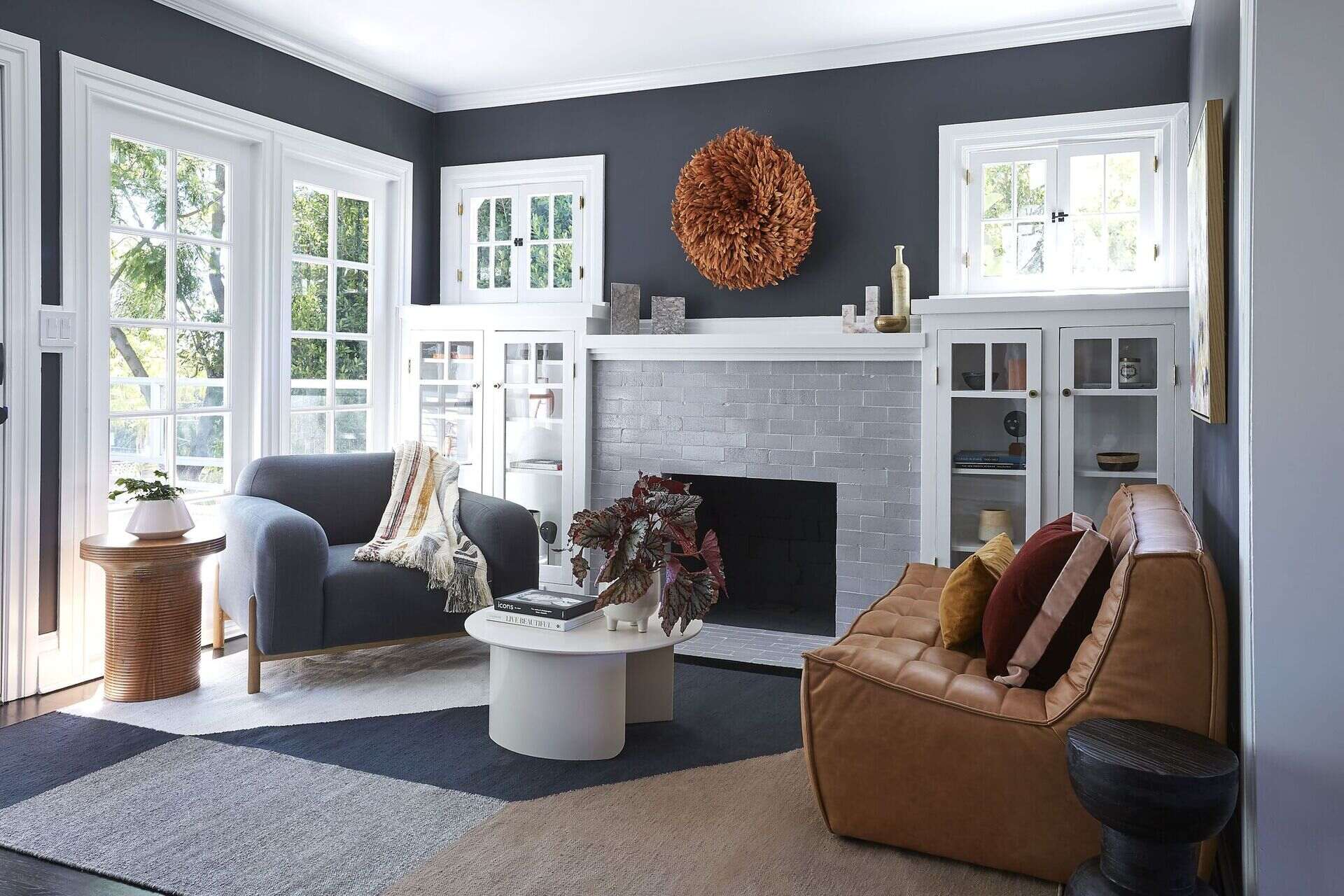
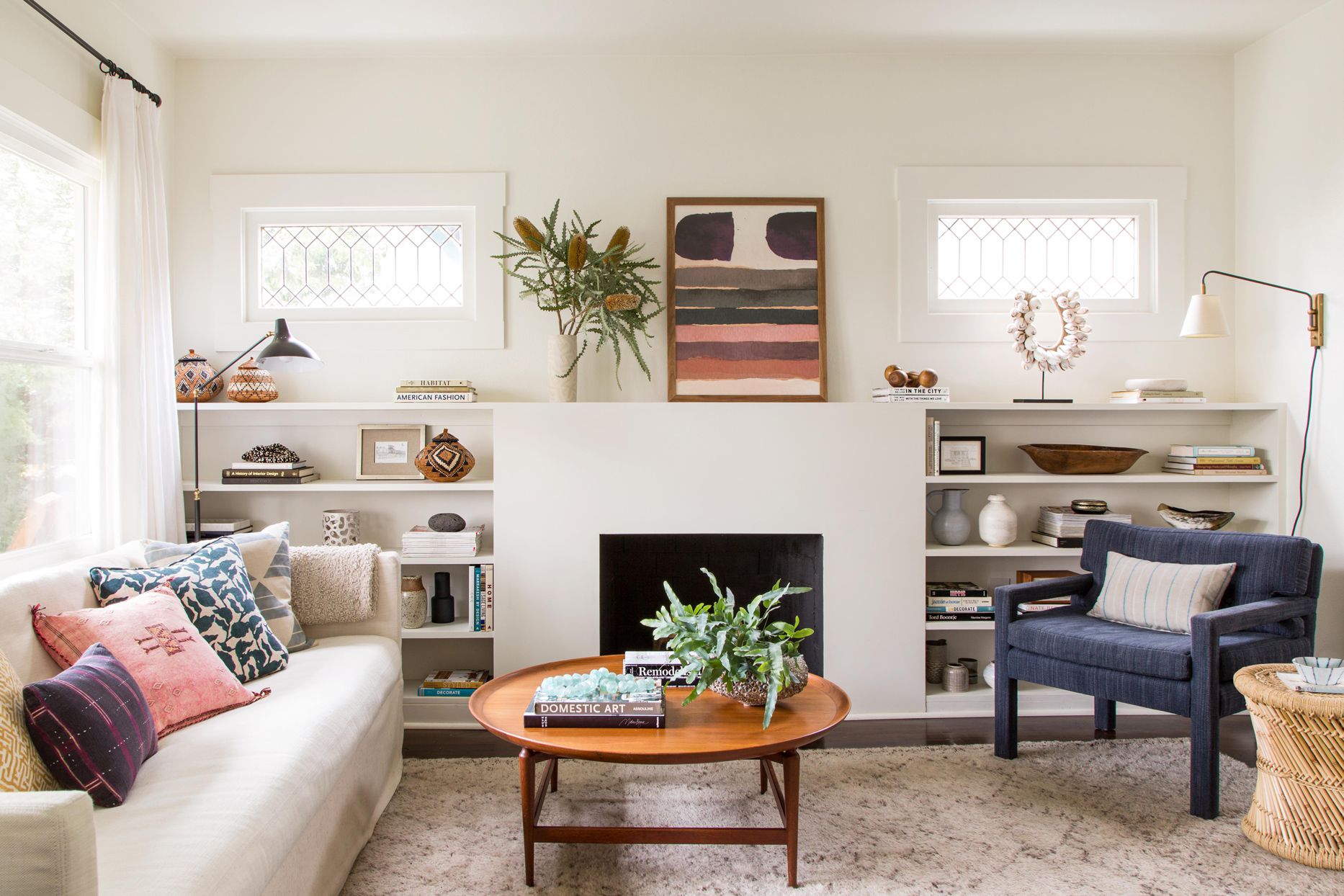
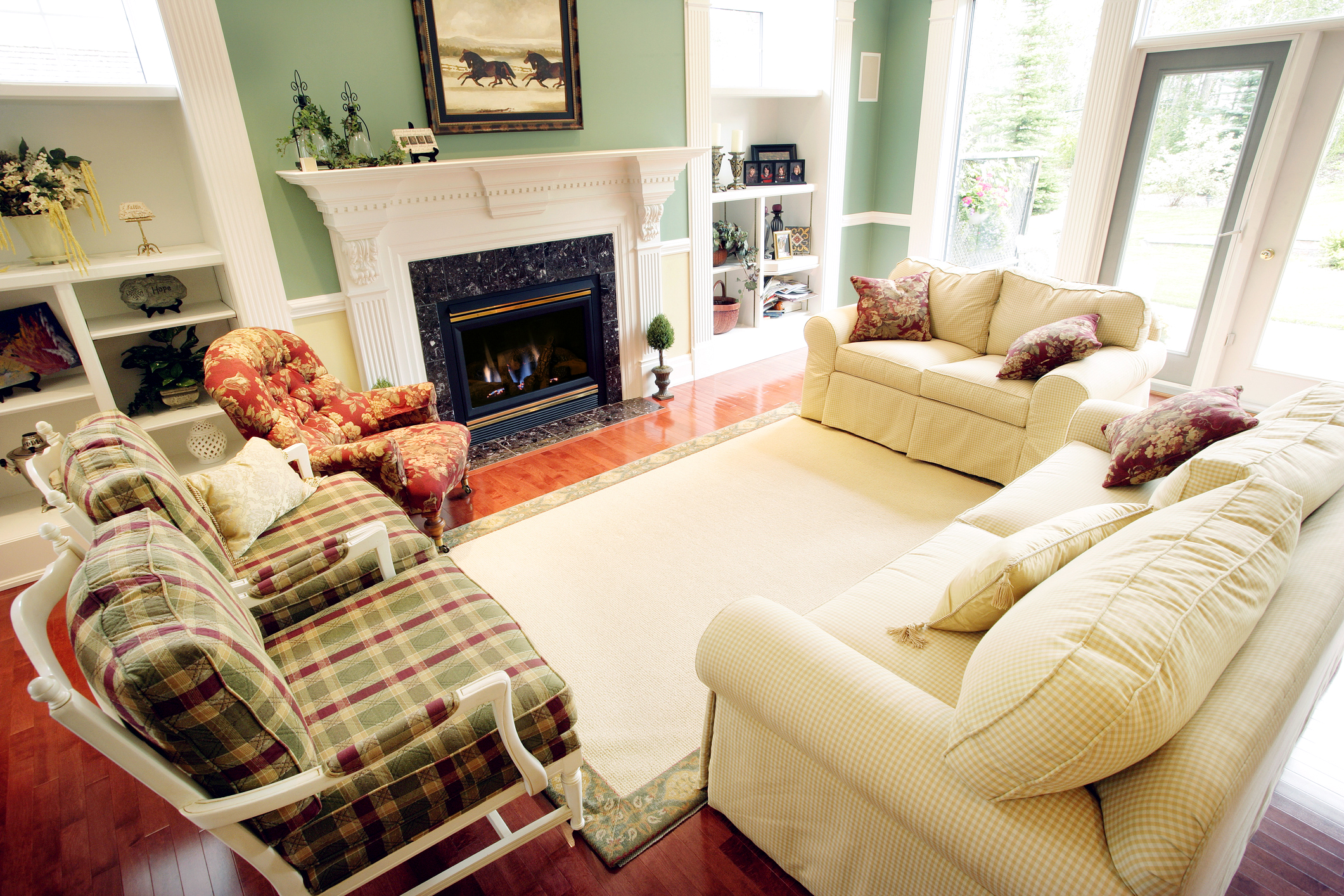
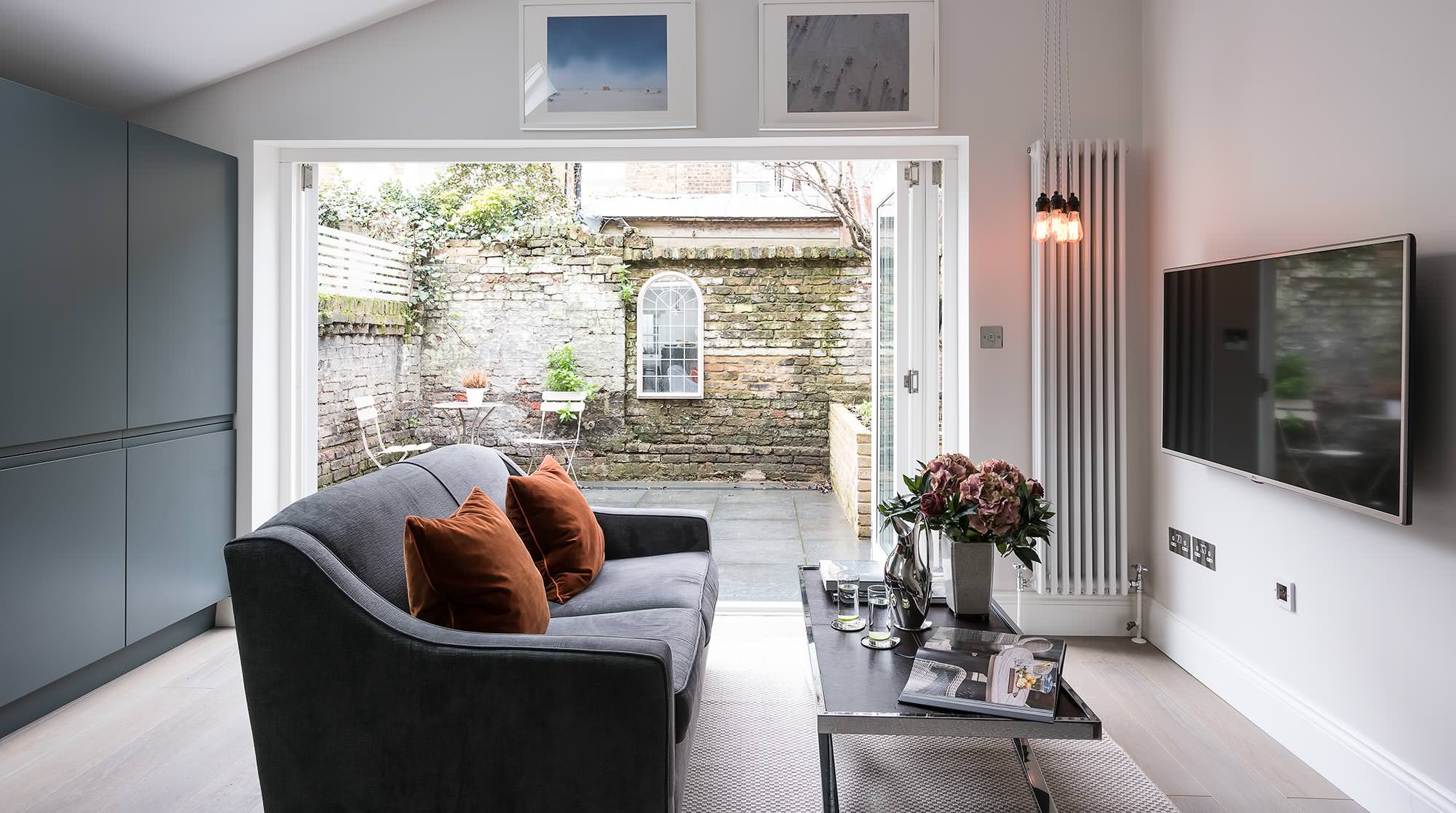

0 thoughts on “How To Mix And Match Living Room Furniture”